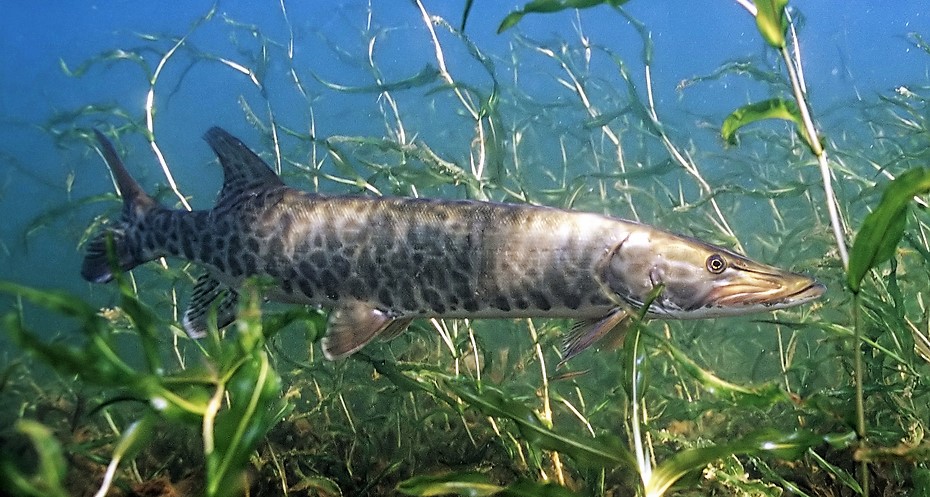Tiger Musky generally prefer smaller lures than the muskellunge. Tigers are often caught by bass anglers using typical bass lures such as spinner baits, crankbaits, and rattle traps. Catching this fish is known as the fish of a 1000 cast. What are Ideal Water Conditions for Tiger Muskie?
References:
New Jersey Fish & Wildlife- Tiger Muskie
FAQ’s
Is Tiger Muskie good for sport fishing?
Yes, tiger muskies are highly prized by anglers for their large size, aggressive nature, and challenging behavior when hooked. They are considered one of North America’s premier freshwater gamefish and offer an exhilarating fishing experience for anglers seeking trophy-sized catches.
Is Tiger Muskie aggressive toward other fish?
Tiger Muskies are apex predators and can exhibit aggressive behavior towards smaller fish species within their habitat. They are known for their ambush hunting tactics and often prey on a variety of fish, including smaller muskellunge, pike, bass, and panfish.
Can Tiger Muskie be stocked in lakes or ponds?
Yes, tiger muskies are commonly stocked in lakes, reservoirs, and ponds as part of fisheries management programs aimed at controlling populations of smaller fish species or promoting trophy fishery opportunities. However, stocking efforts should be carefully planned and monitored to ensure compatibility with existing fish populations and habitat conditions.
Where is Tiger Muskie found?
Tiger muskies are primarily found in freshwater lakes, reservoirs, and rivers across North America. They inhabit a variety of aquatic habitats, including shallow weedy areas, submerged vegetation, rocky shorelines, and deeper waters with adequate cover and structure.



